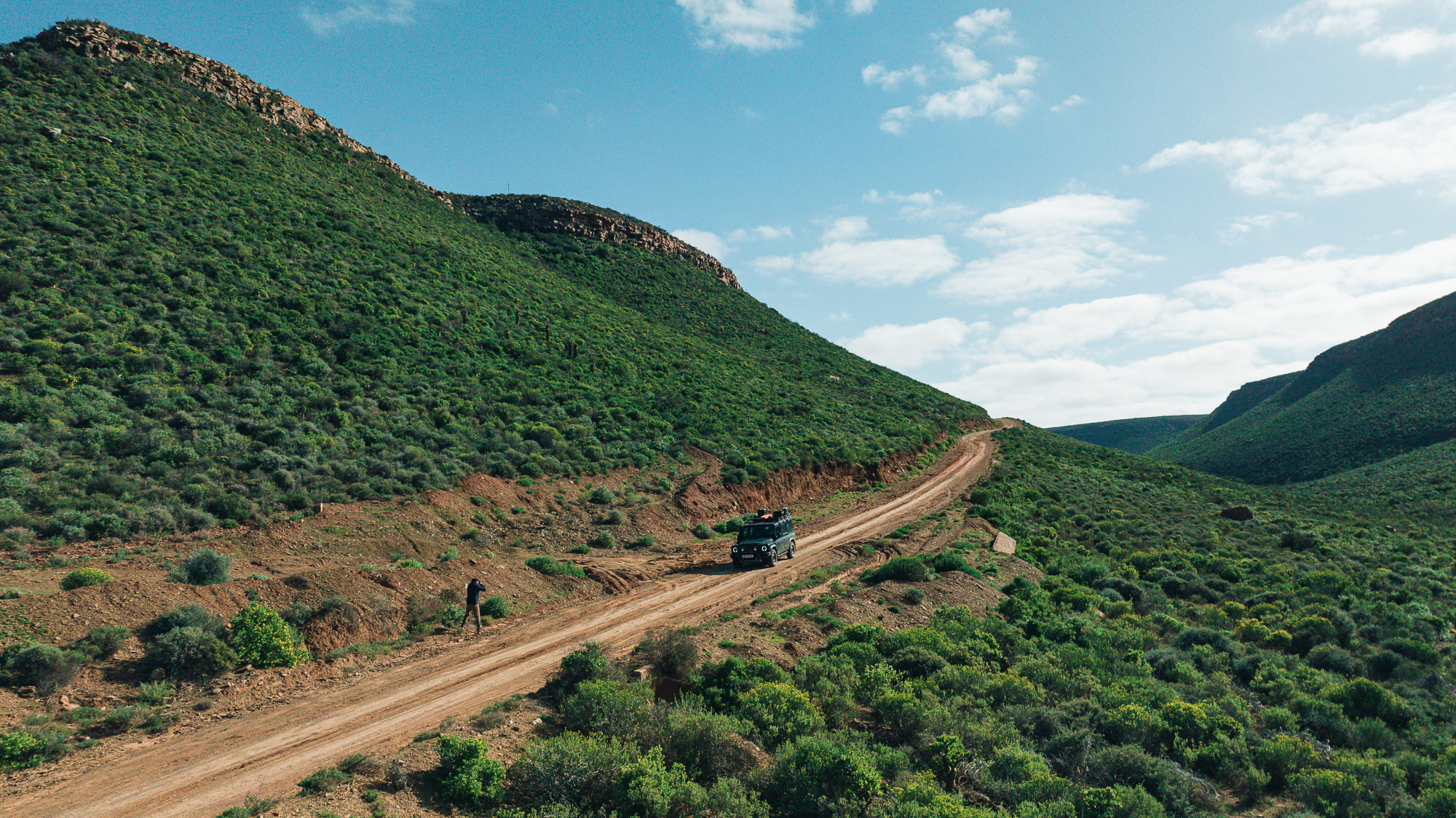The impediment to action advances action. What stands in the way becomes the way.
– Marcus Aurelius
With a crack of lightning, the lodestone is magnetized, becoming one of the most unusual and useful stones on earth, melding magnetic coercivity and geomancy, divining everything from feng shui to the navigator’s compass. When suspended from a string, the lodestone would slowly and steadily rotate until it pointed toward the magnetic poles. The Chinese are credited with the first mechanical compass before 1050, followed by Europe in 1190. By 1302, the Amalfi maritime pilot Flavio Gioja had perfected the dry compass with the magnetized needle suspended by a pin over the compass rose. By the early 1500s, the compass had advanced to include a gimbal and stabilizing oil to bring in the Age of Discovery, including the prolific Portuguese that frequented the great Cape of Africa. With those early Portuguese explorers, it was named Cabo das Agulhas or Cape of Needles, notable for where magnetic north and true north aligned (at that point in history). To this day, Cape Agulhas serves as a beacon of discovery and, for my travels across Africa, the start of my latest chapter in Crossing Continents.
I have often reminded other travelers that “it isn’t an adventure until something goes wrong,” but it still never feels good when it happens to me. I had been planning my south-north crossing of Africa for four years, conceiving it with the successful completion of Expeditions 7 (the first to take the same 4WD vehicle to all seven continents) and reinforcing the objective with my deep love for the African continent. Over the previous 20 years, I had managed to cross all seven continents, but only six of them via their long axis. Africa was all that remained, so the plan was hatched to cross the continent from south to north, crossing the long axis from the Southern Hemisphere to the Northern Hemisphere and making it above the horn of Africa. The first challenge arrived with the civil war in Sudan, closing that country to passage, shortly followed by the vehicle restrictions in Ethiopia. The western route was no longer an option during my timeline because the coup in Gabon and elections in the Democratic Republic of the Congo (DRC) resulted in visas not being issued. One route remained as of this writing: South Africa to Djibouti.
For the trip, I selected the new Ineos Grenadier as my trusty steed for the crossing. The vehicle was conceived by fellow overlander Sir Jim Ratcliffe, designed in the UK, engineered by Graz in Austria (of G-Wagon and Pinzgauer fame), and built for Africa. My goal was no sponsorship, as it was crucial to our team at Overland Journal that we remain impartial throughout the evaluation. So a unit would be loaned to us for the trip and returned to the Grenadier pub in London one year later. We would pay all the trip expenses and receive no compensation from Ineos. I took delivery of the Grenadier in May of 2023 and shipped it to Durban in South Africa—then, I waited. The challenges continued with a delayed carnet de passage, and I made the best of it by exploring Southern Africa. Travel became quite the mentor in patience. On July 20, the Grenadier rolled off the transport in Durban, and the adventure officially began.
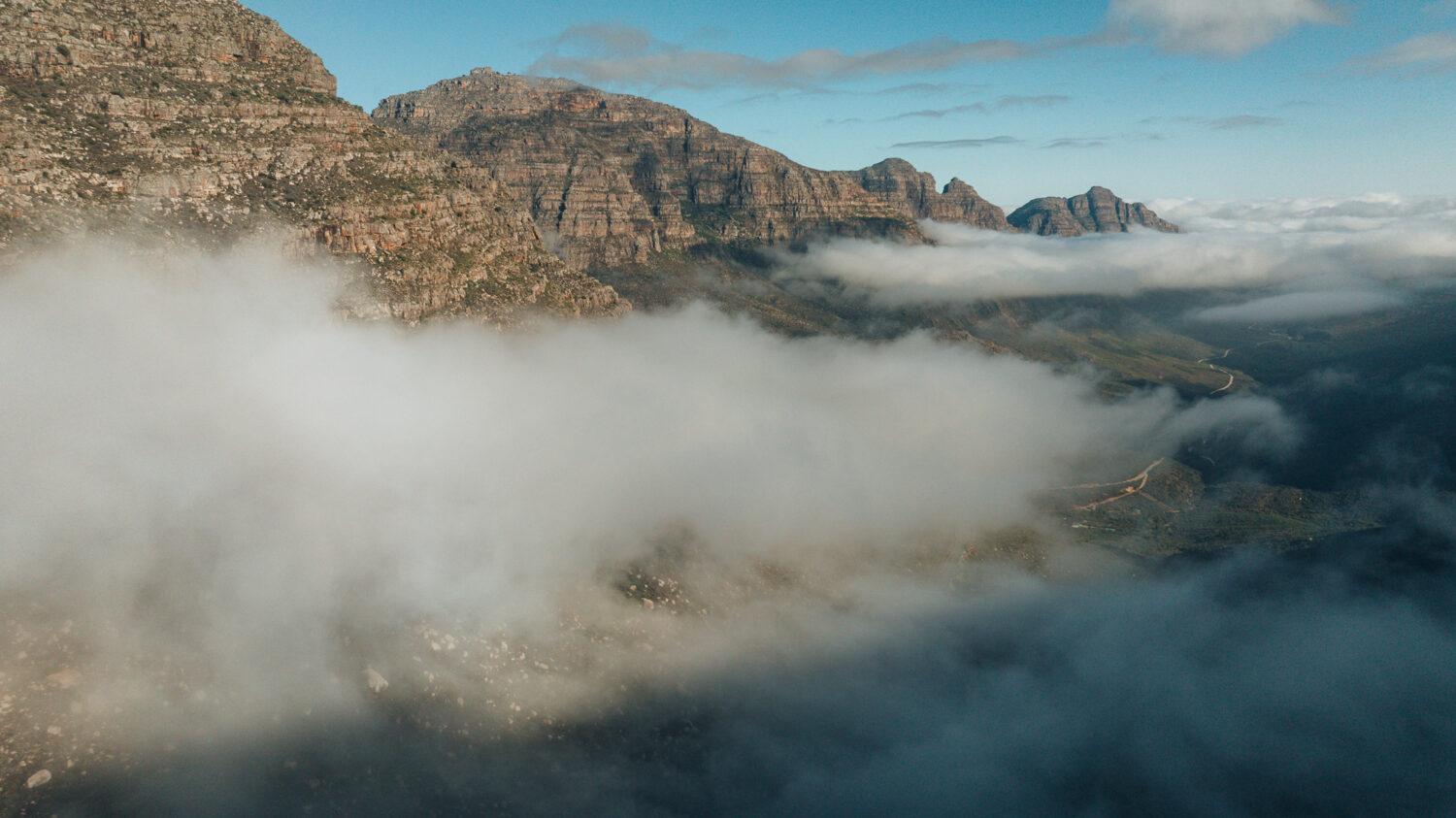
Another objective of using the Grenadier was to demonstrate that long-distance overland travel could be accomplished with minimal accessories. For this, the Grenadier would be unmodified apart from a rear-load floor and a roof rack. The load floor allows me to sleep inside the vehicle (my preferred method of camping) and provides a frame for sliding four Front Runner boxes under the platform. A 3/4-length Front Runner rack was also installed to allow transport of up to 76 liters of petrol, four MaxTrax, and 20 liters of water. Additional items included a Garmin GPS, Redarc solar, Melvill and Moon seat covers, a bed roll, and canvas duffles. A Dometic 25-liter fridge keeps the drinks cold for the police checkpoints.
All these accessories were installed in Johannesburg, and I picked up Joe Fleming, an Overland Journal contributor and fellow US military veteran and expat living in South Africa. Joe is a professional photographer and experienced traveler whom I met in Peru in 2018. He would be my travel companion for this first segment and help me get to northern Mozambique. We loaded the Grenadier with our personal effects and still managed to be 700 pounds under our max payload.
The first destination was the Cederberg Range in western South Africa. The trip would serve as a stunning landscape to explore and a proper shakedown trip for the Grenadier and accessories while we still had access to service infrastructure in Cape Town. This boondoggle was the highlight of Southern Africa, as fortuitously, Joe’s friend Ozzy Yerlikaya suggested we drive to his newly constructed eco-lodge at the end of a 14-mile, low-range track deep in leopard country. The Bakkrans Private Wilderness Concession showcases 100,000 years of human history; the Red Cederberg is 6,000 hectares under a thousand stars. The concession is located within a World Heritage Site that houses the Cape Floral Region and the Cape Leopard Trust. The Cape leopard is geographically distinguished from other African Panthera pardus and is extremely rare, with an estimated 35 remaining in the Eastern Cape.
Leaving Johannesburg, we immediately looked for alternate routes to escape the drudgery of the N1, settling on an obscure road through Hertzogville before meandering a series of gravel tracks and tiny towns filled with more cafes than stoplights. Rural South Africa is much like the Midwestern US, with rolling hills filled with grain, barley, and cattle. As the day came to an end, the sun slipped below the clouds and ignited the sky. We pulled over immediately and wandered about, awestruck by the display, the clouds ablaze in peach, red, orange, and gold. Joe set down his camera and just stared, slowly rolling a cigarette while nature captivated his gaze. Usually, it is not a good idea to drive at night, but we stayed until the sun drifted below the distant hills and the Northern Karoo.
Getting an early start, we lowered the tire pressure and pressed toward Wupperthal, which ended up being one of the finest overland routes I have driven in South Africa (look for an Overland Route guide in a future issue). We climbed steadily into the bushveld, only passing a few motorcycles on our traverse along Hoekseberg Pass, the entire escarpment a canvas of wildflower, yellows, and purples, interrupted by red rocks and green brush. It was a complete surprise, yet we had been gifted our journey at peak bloom. The delays at the port were meant to be.
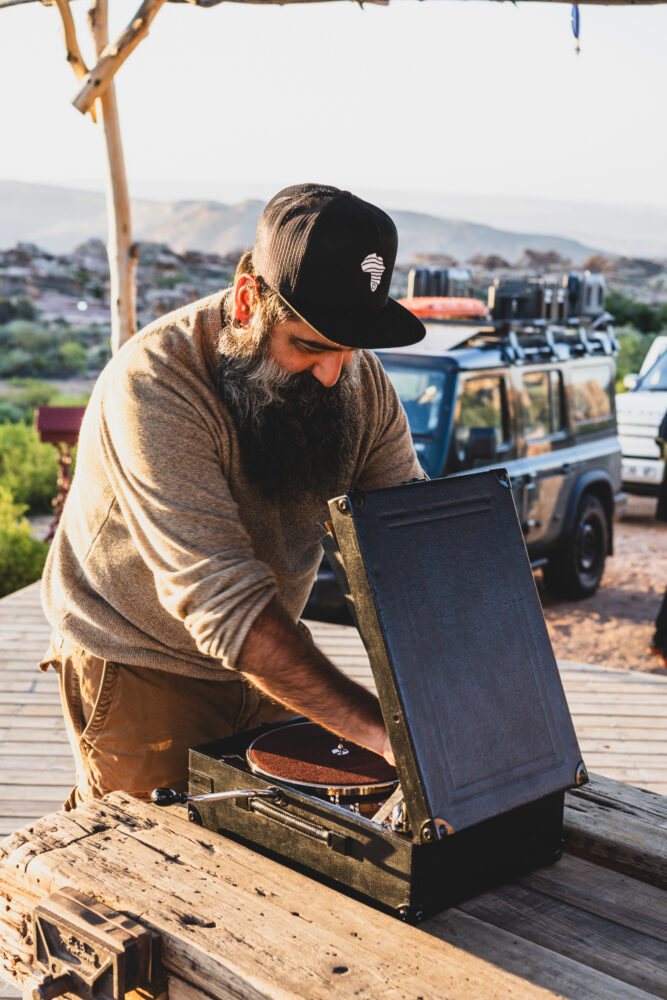
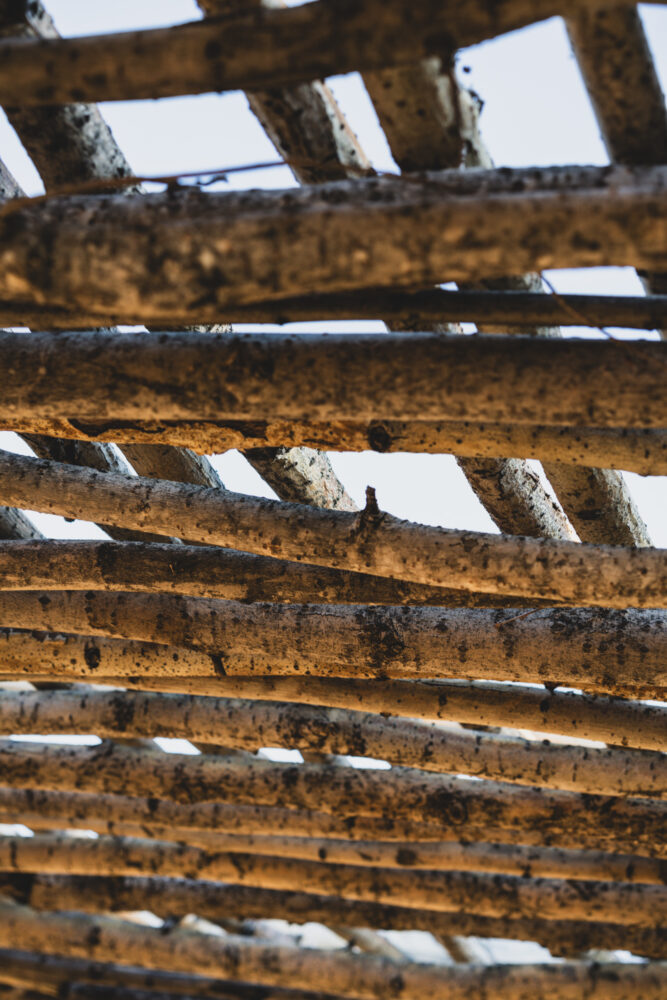
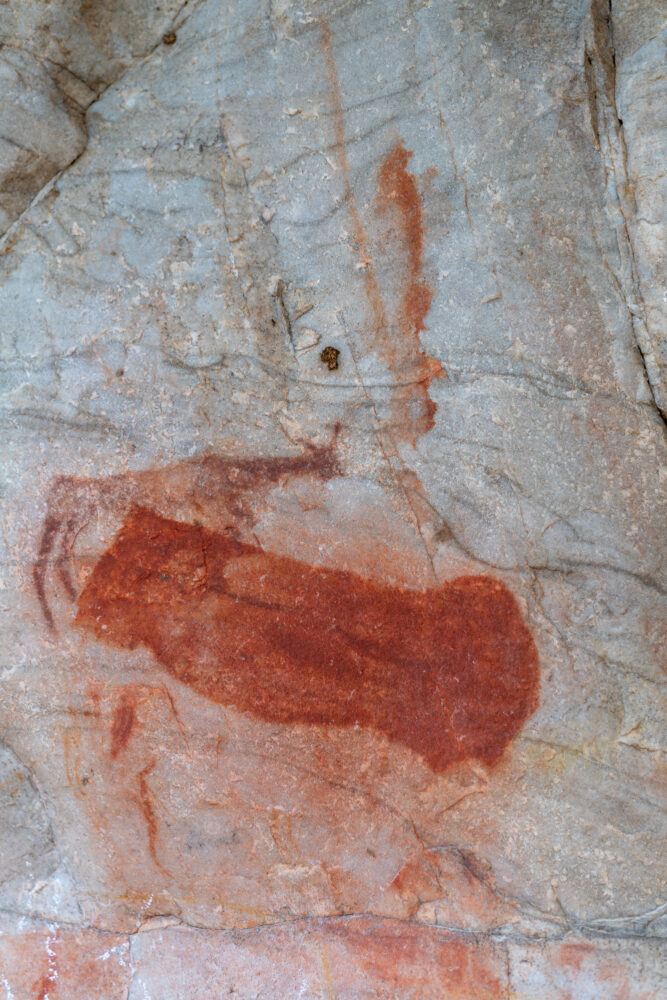

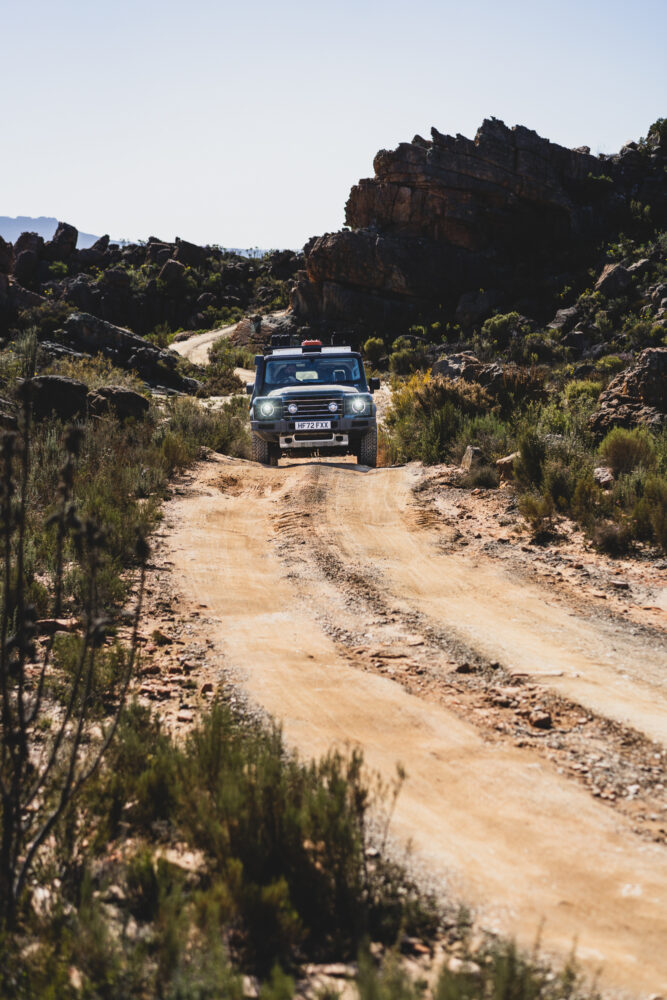

The trail continued with a steep 4WD low-range climb out of Wupperthal, culminating in a slow meander through towering red rock spires, sandy washes, and cedar lines slopes. It was undeveloped and nearly uninhabited, save for the single village of Eselbank. We were late and making slow progress with the unexpected rains and washouts. Eventually, we arrived at Keurbosfontein, a historic farm with a homestead that is nearly 200 years old. It is run by Justin Bonello, a famous South African author, chef, filmmaker, and traveler. Justin has turned the farm into an incredible cooking and exploration retreat, and it serves as the last outpost before climbing up the Matjiesrivier Nature Reserve escarpment to Bakkrans.
I would place this rustic and remote accommodation in my top five in all my travels. The combination of a long overland track, challenging low-range obstacles, the leopards, aboriginal rock art, and views make it a deeply meaningful experience. The sheepherders originally used the stone huts, but they have been outfitted with hot water showers and solar lighting. There is a dining and kitchen hut, complete with massive fireplaces and long, rough-hewn tables for eating and conversation. At one point, I noticed a mouse and mentioned it to Ozzy, with his reply being, “They are our friends and are free to come and go as we do.” With limited power, our music came from an original phonograph, projecting the sounds of the 1920s big bands playing through the pavilion (horn). The sun dipped lower as we enjoyed a drink and watched the remaining rays cast through the dangling naẓar meant to keep the evil eyes of the Cederberg at bay.

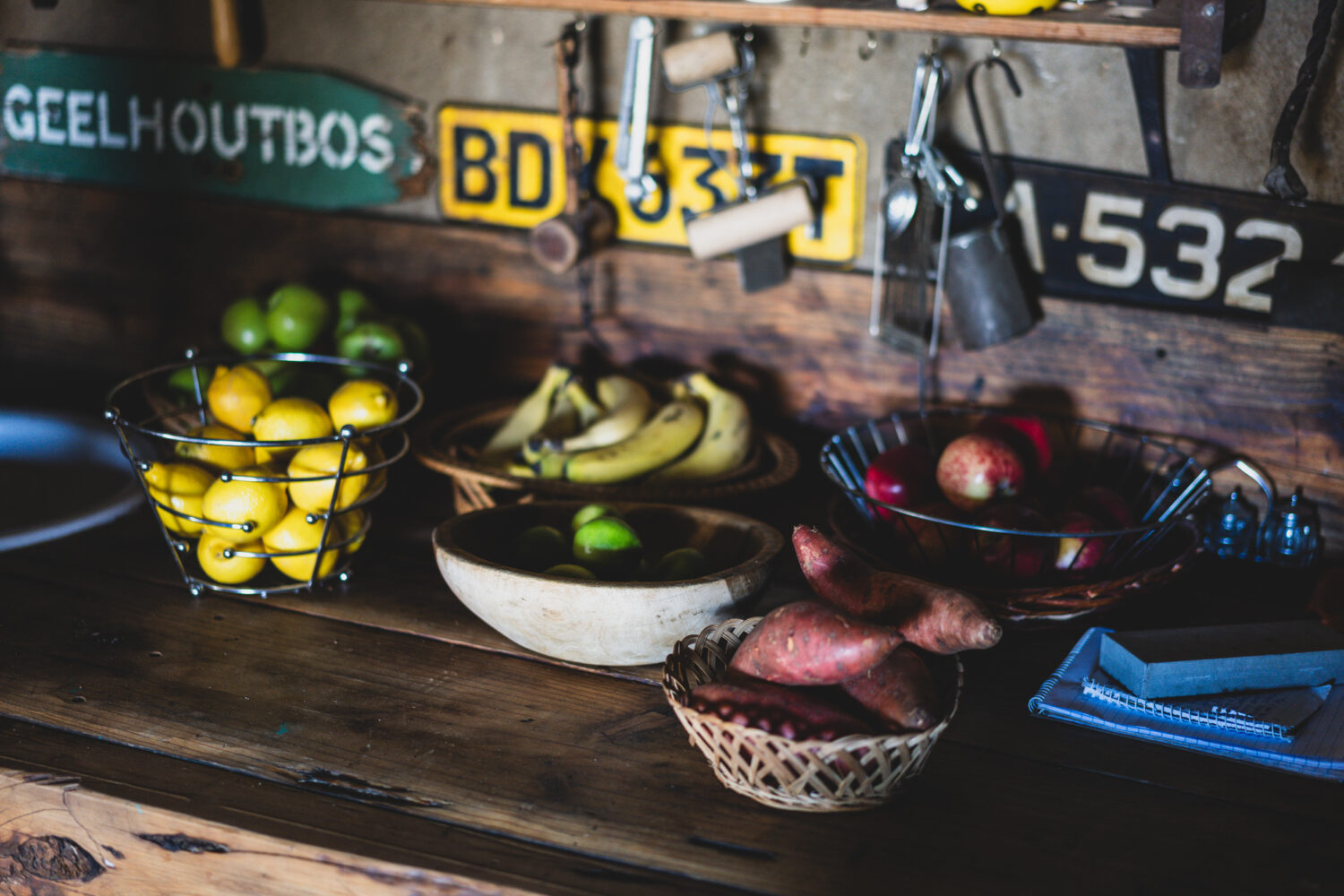
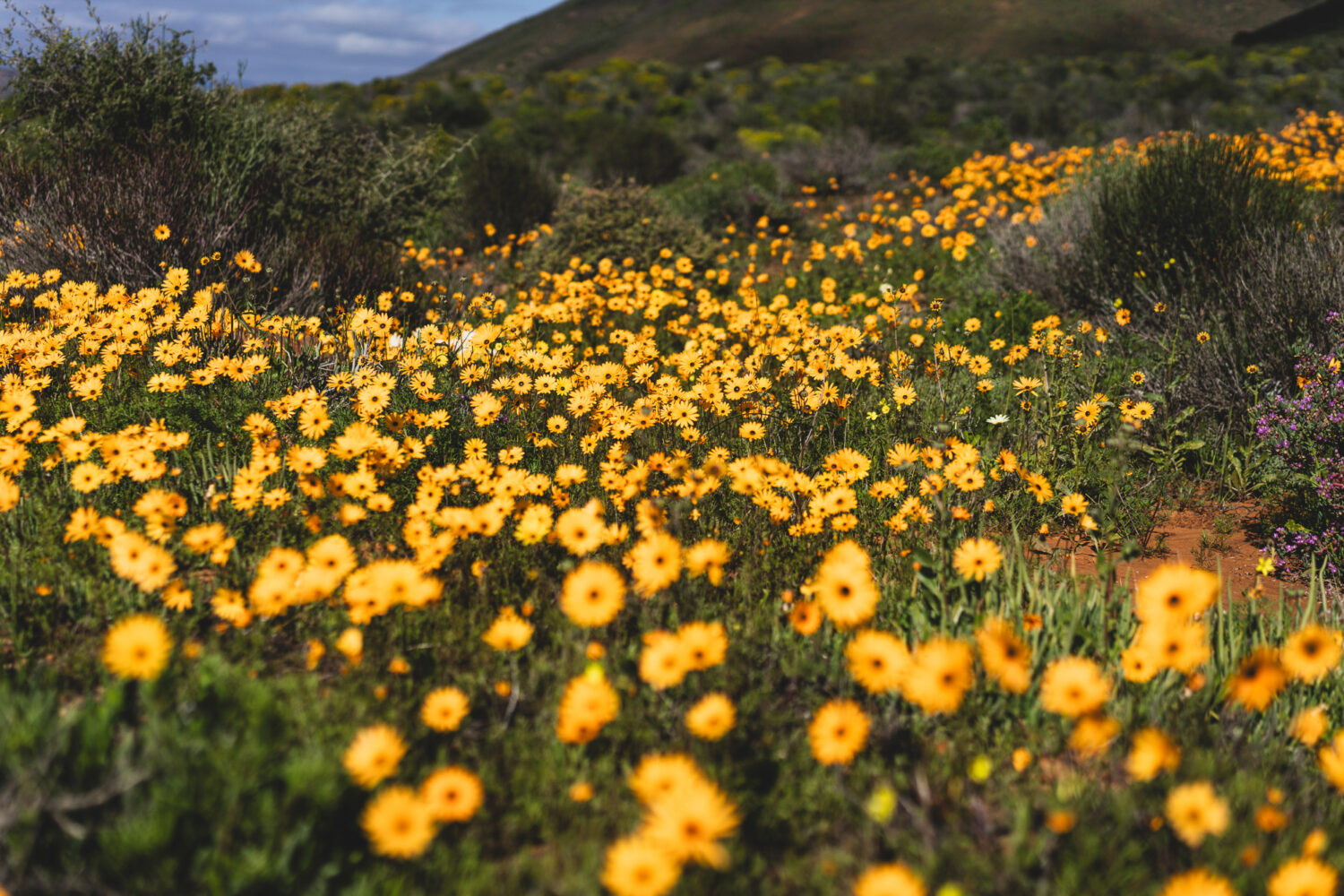
With the first light of dawn, Joe and I started the Grenadier and made our way to Cape Town, where a week of projects, work, and sendoffs awaited. The stop included the fitment of Melvill and Moon seat covers and bed rolls, along with a deflation kit from Indeflate. We also coordinated to preview the new Ineos headquarters along the waterfront, an impressive corporate office, dealership, and test track for Sub-Saharan Africa. There is something so unique and exciting about seeing a new car company come to life. We capped off the week with a sendoff party at the House of Machines, an eclectic bar and venue catering to the most dynamic raconteurs and raconteuses on the Eastern Cape—consider the Crossing Continents signature cocktail, the Mezcal Negroni.
After 20 years of making progress across the continents, I arrived at Cape Agulhas in early August. The route north was more uncertain than ever, with the specter of expanding conflicts throughout Northern Africa and the Middle East compounded by a series of coups in Western Africa. Travel and life have taught me that the obstacle is the way, so we backed the Grenadier to the water’s edge, the tumultuous confluence of the Atlantic and Indian oceans an omen of storms to come.
Editor’s Note: This article was originally published in Overland Journal’s Summer 2024 Issue.
Watch more:
Crossing Continents with Scott Brady | Episode One
Crossing Continents Episode Two – Mozambique
Crossing Continents Episode Three – Malawi
Crossing Continents Episode Four – Tanzania
Crossing Continents: Africa Wrap-Up and Lessons Learned
Learn more about the Cederberg Range here
Our No Compromise Clause: We do not accept advertorial content or allow advertising to influence our coverage, and our contributors are guaranteed editorial independence. Overland International may earn a small commission from affiliate links included in this article. We appreciate your support.


